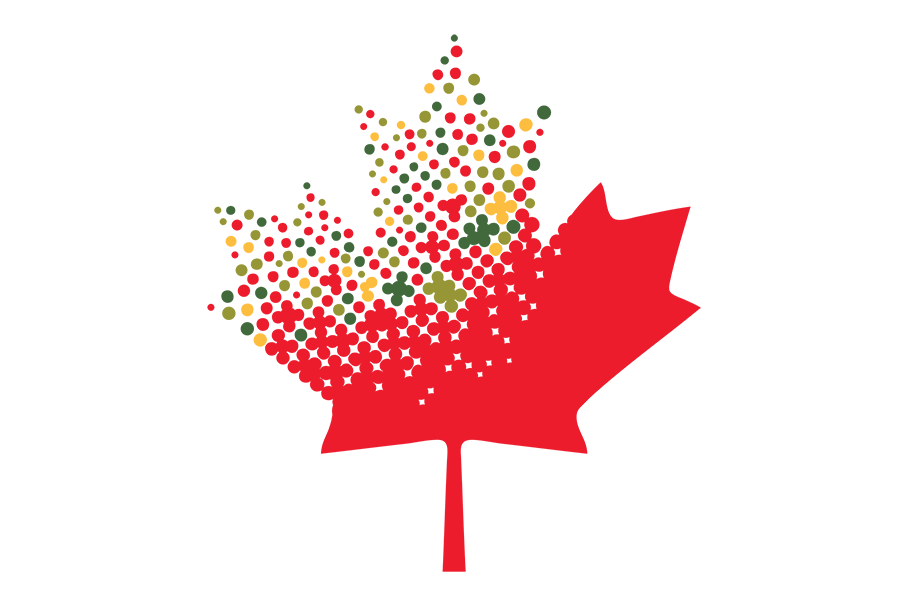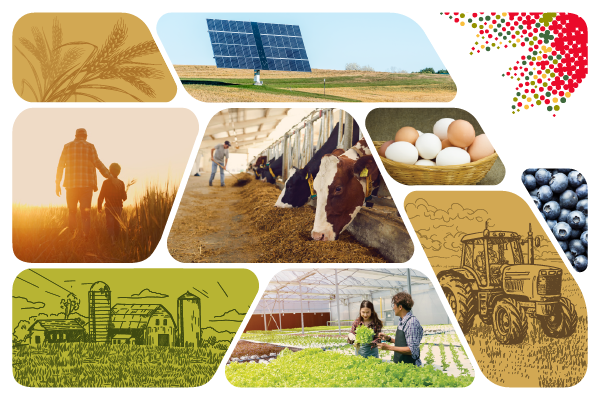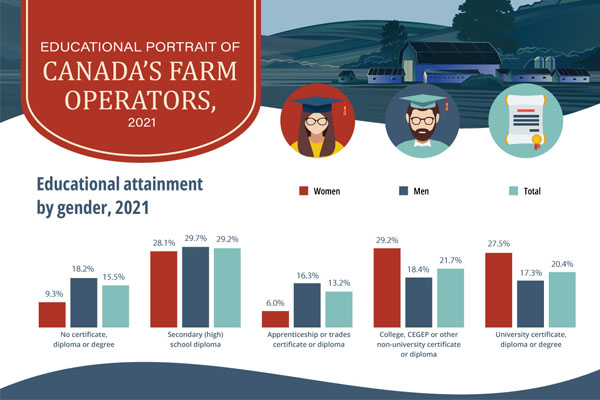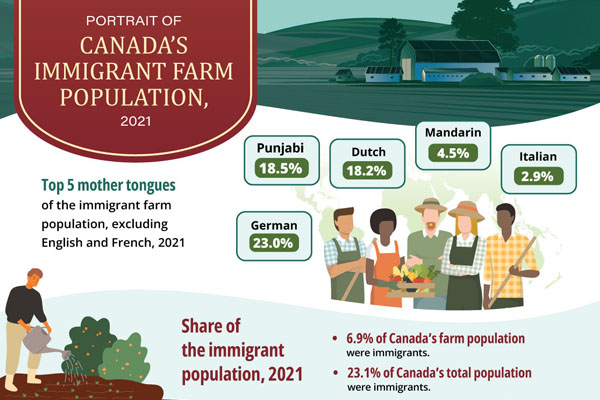Supplementary information tables
- Departmental Sustainable Development Strategy
- Introduction to the Departmental Sustainable Development Strategy
- Sustainable development in Statistics Canada
- Departmental performance by FSDS goal
- Report on integrating sustainable development
- Gender-based analysis plus
- Institutional GBA+ Capacity
- Highlights of GBA+ Results by Program
- Response to parliamentary committees and external audits
Departmental Sustainable Development Strategy
This supplementary information table supports the commitment in the Federal Sustainable Development Act (FSDA) to make environmental decision-making more transparent and accountable to Parliament. It also contributes to an integrated, whole-of-government view of activities supporting environmental sustainability.
The departmental information in this supplementary information must take into account information previously prepared in accordance with the following guidance documents:
- 2017 to 2020 Guidance for the Preparation of Departmental Sustainable Development Strategies
- Guideline on Green Procurement for Small and Micro Departments
- Guide to Preparing Supplementary Information Tables: 2019–20 Departmental Plan (Departmental Sustainable Development Strategy).
These documents provided text and tables to help departments describe their actions and performance measures, and show how their actions support the achievement of the goals and targets of the Federal Sustainable Development Strategy (FSDS).
1. Introduction to the Departmental Sustainable Development Strategy
The 2016–2019 Federal Sustainable Development Strategy presents the Government of Canada's sustainable development goals and targets, as required by the Federal Sustainable Development Act. Statistics Canada adheres to the principles of the FSDS and, although the agency is not bound formally by the act, supports reporting on the implementation of the Departmental Sustainable Development Strategy.
2. Sustainable development in Statistics Canada
Statistics Canada's Departmental Sustainable Development Strategy for 2017 to 2020 describes the agency's actions in support of achieving low carbon government. This supplementary information table presents available results for the departmental actions pertinent to these goals. Previous years' supplementary information tables are posted on Statistics Canada's website.
Statistics Canada also contributes data to help monitor and track several FSDS themes.
- Clean growth: Statistics Canada releases survey and macroeconomic data on Canada's clean technology sector.
- Sustainably managed lands and forests: Statistics Canada provides data on changes in land cover and land use for all of Canada's census metropolitan areas and is expanding these statistics to cover other communities.
- Modern and resilient infrastructure: Statistics Canada is collaborating with Infrastructure Canada to deliver Canada's Core Public Infrastructure Survey.
- Safe and healthy communities: Statistics Canada provides data on household awareness of radon. This work is done in conjunction with Health Canada.
3. Departmental performance by FSDS goal
The following tables provide performance information on departmental action in support of the FSDS goals listed in section 2.
Context: Low-carbon government
As per Statistics Canada's mandate and objectives, the only FSDS contributing action is to "support the transition to a low-carbon economy through green procurement." Procurement activities continue to be modernized, including the reduction of manual processes with the use of electronic submissions and acceptance. Environmental considerations are incorporated into all public procurement (e.g., purchasing copy paper that contains a minimum of 30% recycled content, which is a recognized environmental standard). In addition, procurement specialists use existing procurement instruments—available through Public Services and Procurement Canada—that include environmental considerations.
| FSDS target(s) | FSDS contributing action(s) | Corresponding departmental action(s) | Starting point(s) Performance indicator(s) Target(s) |
Results achieved | Contribution by each departmental result to the FSDS goal and target |
|---|---|---|---|---|---|
| Reduce greenhouse gas emissions from federal government buildings and fleets to 40% below 2005 levels by 2030, with a goal to achieve this by 2025 | Improve the energy efficiency of our buildings/operationsTablenote 1 | No substantial departmental actions in 2019–20 | Not applicable | Not applicable | Not applicable |
| Modernize our fleetTablenote 1 | No substantial departmental actions in 2019–20 | Not applicable | Not applicable | Not applicable | |
| Support the transition to a low-carbon economy through green procurement |
|
|
|
FSDS: Green procurement incorporates environmental criteria into purchasing decisions. Procurement agents who are trained to apply such criteria can award contracts to suppliers with a reduced greenhouse gas (GHG) footprint. This is expected to motivate suppliers to reduce GHG emissions associated with their goods, services and supply chains. UN SDG: SDG 12 – Target 12.7 |
|
| Demonstrate innovative technologiesTablenote 1 | No substantial departmental actions in 2019–20 | Not applicable | Not applicable | Not applicable | |
| Promote sustainable travel practicesTablenote 1 | No substantial departmental actions in 2019–20 | Not applicable | Not applicable | Not applicable | |
| Understand climate change impacts and build resilienceTablenote 1 | No substantial departmental actions in 2019–20 | Not applicable | Not applicable | Not applicable | |
| Improve transparency and accountabilityTablenote 2 | Not applicable | Not applicable | Not applicable | Not applicable | |
| Develop policy for low-carbon governmentTablenote 2 | Not applicable | Not applicable | Not applicable | Not applicable | |
|
|||||
4. Report on integrating sustainable development
During the 2019–20 reporting cycle, Statistics Canada had no proposals that required a strategic environmental assessment (SEA) and no public statements were produced.
Gender-based analysis plus (GBA+)
Institutional GBA+ capacity
In 2019–20, the agency created and approved two action plans to improve diversity and inclusion within the workplace: the 2019–20 Employment Equity and Diversity Action Plan and the Integrity and Respect Action Plan. These action plans were published for all employees to read, and they set out the organizational commitments and accountabilities.
Statistics Canada conducted multiple activities and awareness campaigns to advance the visibility and effectiveness of available resources to all Statistics Canada employees. Regular training opportunities and discussion forums were made available to all staff to broaden perspectives and create a more inclusive environment. In addition, the Integrity and Respect network developed tools and implemented various initiatives in 2019–20, such as
- the Integrity and Respect hotline
- access to appointed Integrity and Respect Awareness Officers
- promotion of the Employee Assistance Program
- promotion of Informal Conflict Management Services.
Statistics Canada has one full-time equivalent (FTE) dedicated to GBA+ implementation in the agency who acts as the GBA+ focal point, reviews Treasury Board submissions and supports the promotion of GBA+ within the agency. This FTE also includes human resource support who aid in developing and enforcing the accountability mechanism as part of the departmental decision-making process to ensure that a GBA+ assessment is performed.
Highlights of GBA+ results by program
Economic and Environmental Statistics
Advancing gender equality
The Economic Statistics Field continued to pursue partnerships and collaborative opportunities to respond to user needs. A noteworthy example is the Corporations Returns Act, which was used to construct a gender database for corporate Canada. The act released data on the representation of women on Canadian corporate boards and in leadership positions for the reference years of 2016 and 2017. This information corroborates other studies that have indicated that women remain underrepresented in senior corporate roles. A more inclusive vision of leadership is needed to attain gender equality in the Canadian corporate landscape. Published data contribute to furthering the understanding of the gender composition of foreign-controlled and privately held corporations in Canada. The data also provided insight on the gender of directors of Canadian companies and disclosure for federally incorporated corporations on diversity. This GBA+ project contributed to the framework of the Sustainable Development Goals (SDG), and contributed to research and policy initiatives on achieving gender equality. Infographics highlighting the status of women in corporate Canada were released by industry sectors and by country of control. The country of control dimension assessed the representation of women on corporate boards and compared the information with the parent company practices and gender representation of their own country.
This project aligns with two of Canada's Gender Results Framework indicators:
- gender equality in leadership roles at all levels of decision-making
- equal and full participation in the economy.
Socio-economic Statistics
Canadian Coroner and Medical Examiner Database
Statistics Canada continues to develop the National Drug Observatory (NDO), which will serve as an opportunity to establish partnership and pilot technology with both Health Canada and the Public Health Agency of Canada. The NDO aims to compile aggregate information and develop data to close the gap on GBA+ indicators. Data collected will provide more insight and measurement capacity for GBA+ initiatives.
Centre for Gender, Diversity and Inclusion Statistics
Budget 2018 committed $6.7 million over five years (starting in 2018–19, and $0.6 million per year), for Statistics Canada to create a new Centre for Gender, Diversity and Inclusion Statistics (CGDIS). The goal of the CGDIS is to support evidence-based policy and program development by monitoring and reporting on gender, diversity and inclusion. The CGDIS's strategy is to focus on three key objectives: reporting to Canadians, generating new information and building statistical capacity. In 2019–20, the CGDIS released 16 tables on gender, diversity and inclusion statistics, and published numerous articles and infographics on women and gender, socio-economic factors, the LBGTQ2 population, and Indigenous populations. The CGDIS aims to close the data gap on GBA+ and to collect data to assess the impacts on gender and diversity within the Canadian population.
Census
The 2021 Census: New content to count everyone in
To collect appropriate and useable data for GBA+ initiatives, a high-quality analysis of the 2019 Census Test results was conducted in 2019–20. To make sound recommendations, a test analysis was completed to introduce new content on gender for the 2021 Census.
Cost-recovered Statistical Services
Survey to measure household Internet access and use, and online behaviours of businesses
To see how digital issues are impacting Canadians, Statistics Canada conducted the Canadian Internet Use Survey to measure household Internet access and use, and the online behaviours of businesses. Survey results were made available to the public on October 29, 2019, with 14 data tables on individual Internet use, including intensity of use, demand for certain online activities and online interactions. Information can be disaggregated by gender, age group, education and geographic location, thereby providing a basis for GBA+.
Women in the Economy workshop
Statistics Canada held a workshop, Women in the Economy, in collaboration with the Department for Women and Gender Equality. The workshop brought together government stakeholders, academics and data users from across disciplines to understand emerging evidence on the gender pay gap, the path to entrepreneurship for women and the characteristics of their businesses, and the socio-economic characteristics of women accessing leadership positions. The objective of the workshop was to identify knowledge gaps and data strategies to fill those gaps, and to create future partnerships.
This project aligns with two of Canada's Gender Results Framework indicators:
- gender equality in leadership roles at all levels of decision-making
- equal and full participation in the economy.
Firearms and gender-based violence
In 2019–20, Statistics Canada provided timely data in support of government decision-making related to firearms, and worked to address key firearms-related data gaps.
As part of the federal government's Strategy on Gender-Based Violence, the Survey of Safety in Public and Private Spaces was conducted and released this year. It allowed Canadians to self-report their gender more accurately. This initiative continues to close the data gap and collect information that can be disaggregated and used to impact future programming.
Internal Services
Diversity and inclusion
Statistics Canada conducted awareness campaigns to increase the visibility and effectiveness of resources available to all Statistics Canada employees.
The Integrity and Respect network developed tools and implemented various initiatives within the organization, such as the Integrity and Respect hotline, access to appointed Integrity and Respect Awareness Officers, and promotion of the Employee Assistance Program and Informal Conflict Management Services.
The agency promoted many training opportunities and discussion forums to help employees broaden their perspectives and create a more inclusive environment. For example, in February 2020, to celebrate Black History Month, the Visible Minority Consultative Group organized the "United Nations International Decade for People of African Descent within the Public Sector" event to honour the contributions of past and present Black public servants. The event also hosted a discussion panel on the current state of affairs for Black employees in the public sector.
Response to parliamentary committees and external audits
Response to parliamentary committees
There were no parliamentary committee reports requiring a response.
Response to audits conducted by the Office of the Auditor General of Canada (including audits conducted by the Commissioner of the Environment and Sustainable Development
There were no audits in 2019–20 that required a response.
Response to audits conducted by the Public Service Commission of Canada or the Office of the Commissioner of Official Languages
There were no audits in 2019–20 that required a response.
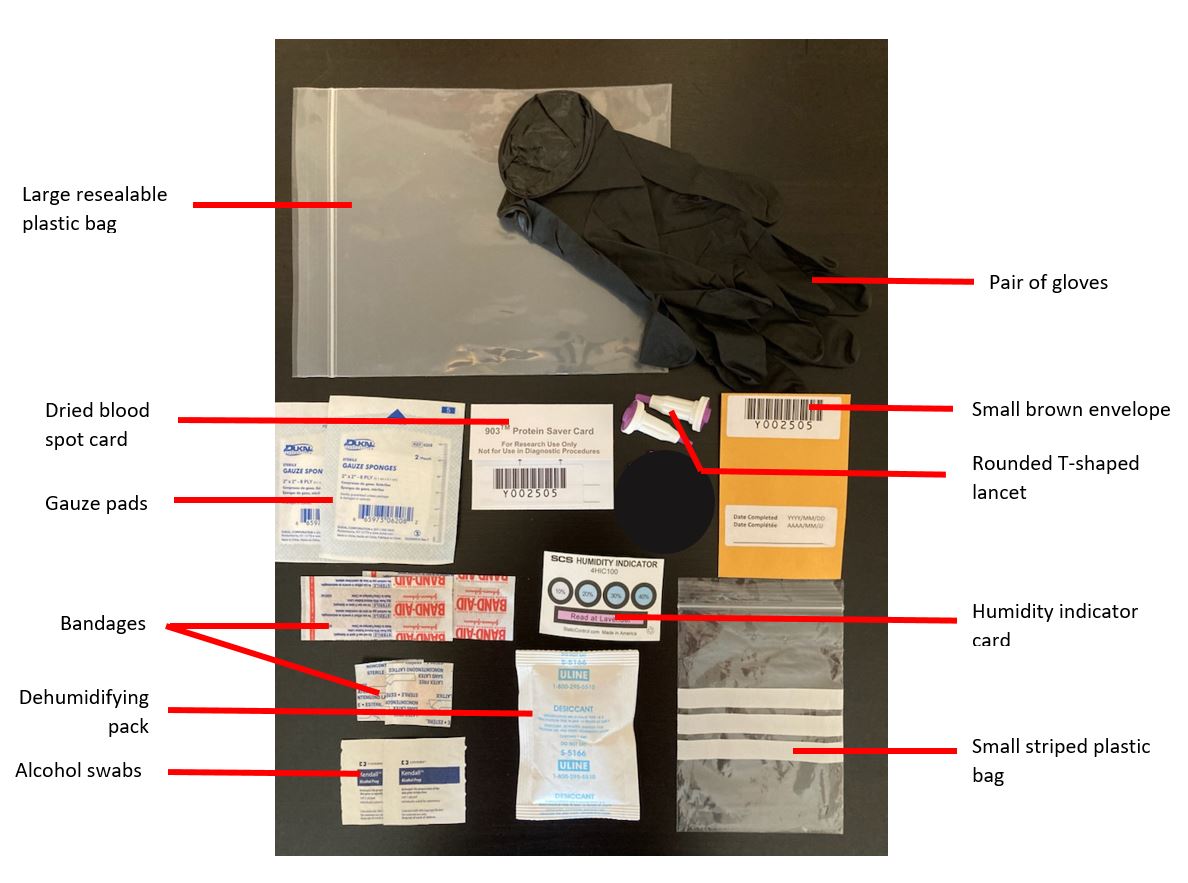
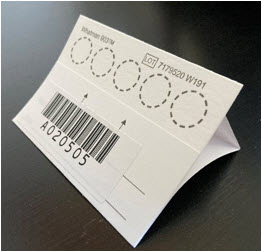

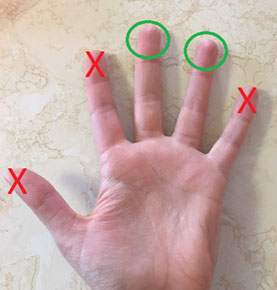











 Animal production
Animal production Crop production
Crop production Farm business
Farm business Farm population
Farm population Food
Food Land use
Land use
